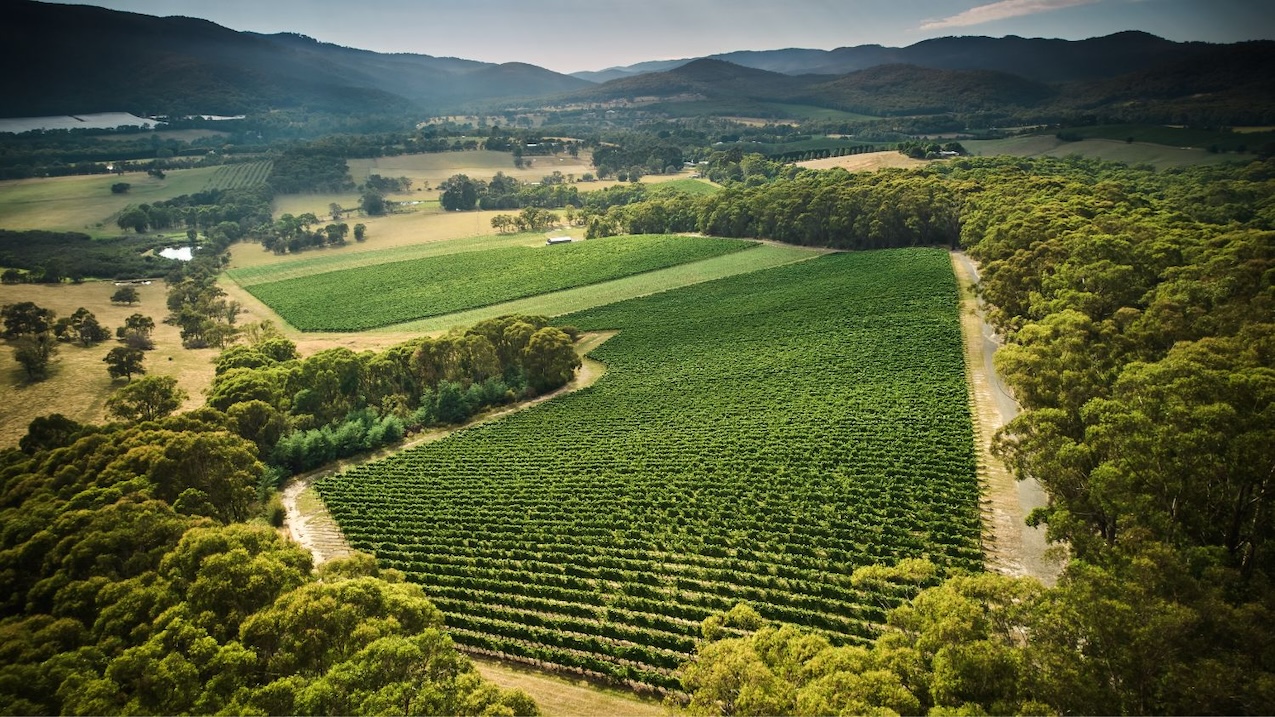The State of Australian Wine: A Story of Quality, Frustration, and Hope
The Australian wine industry finds itself at a fascinating crossroads. While the quality and diversity of Australian wines have arguably never been better, the world, outside of one major exception, seems to be missing out on this golden age. This creates a sense of frustration for Australian wine producers who are crafting exceptional wines that deserve wider recognition.
The China Factor: A Blessing and a Risk
That major exception is China. After imposing significant import tariffs on Australian wine in November 2020, effectively crippling what was then Australia’s most important export market, China lifted those tariffs in March 2024. The subsequent resumption of premium Australian red wine exports to China has been a significant boost, representing a bright spot in recent export reports.
However, this reliance on a single market also presents a considerable risk. While the average value of a liter of bottled Australian wine shipped to the UK and the US hovers around AU$5, the Chinese equivalent is a much healthier AU$23. This means that a large percentage of the value of Australian bottled wine exports is concentrated in a single country. Any future political tension between Australia and China could quickly reverse this positive trend, leaving Australian vintners in a precarious position. The need to export is crucial, as domestic consumption only accounts for about half of Australia’s total wine production.
Global Market Challenges: Overcoming Perceptions
While the UK remains Australia’s largest export market by volume, followed by the US, both markets have experienced declines in both volume and value. The lack of interest from the United States, the world’s largest wine market, is particularly frustrating. American consumers, it seems, still largely perceive Australian wine as inexpensive and mass-produced, overlooking the premium offerings and regional diversity that define the modern Australian wine landscape.
Highlights from a Recent Tasting: Showcasing Quality and Value
A recent tasting in London showcased a selection of Australian wines imported into the UK. The quality on display was remarkable. A significant number of the wines tasted received high scores, demonstrating the potential for Australian wines to compete with, and even surpass, their counterparts from other regions. Importantly, these wines offered exceptional value, lacking the exorbitant price tags often associated with wines from other renowned regions.
Notable Wines and Regional Strengths
Several wines stood out during the tasting, highlighting the diverse strengths of Australian winemaking:
- Tournon (Victoria): This operation, run by biodynamic pioneer M. Chapoutier, offers exceptional value with its mature white and red blends. The Mathilda Viognier/Marsanne 2022 and the Shays Flat Shiraz 2017 are notable examples.
- Shiraz/Syrah: As Australia’s most planted grape, Shiraz unsurprisingly featured prominently. The Thistledown Wines “Where Eagles Dare” Shiraz 2021 from Eden Valley and the MMAD Vineyard Blewitt Springs Shiraz 2022 from McLaren Vale are excellent representations of this variety.
- Pinot Noir: Surprisingly, Pinot Noir also shone, with excellent examples from Adelaide Hills, Tasmania, and Victoria. The Tolpuddle Vineyard Pinot Noir 2023 from Tasmania is particularly noteworthy.
- Italian Varieties: Australian growers are increasingly embracing Italian grape varieties, with producers like Luke Lambert demonstrating the potential of Nebbiolo in Victoria. Ravensworth’s Sangiovese is another promising example.
- Chenin Blanc: The MMAD Vineyard’s dry white Chenin Blanc 2023 from McLaren Vale, made from vines planted in 1964, is a unique and compelling wine.
- Rhône Blends: Thistledown’s Roussanne/Grenache Blanc 2023 is a distinctive and herbal blend that showcases the potential of white Rhône varieties in Australia.
- Semillon: The Hunter Valley remains a stronghold for Semillon, with Tyrrell’s Winemaker’s Selection Vat 1 2018 being a prime example of this long-lived, low-alcohol white wine.
- Semillon/Sauvignon Blanc: Margaret River is renowned for its Semillon/Sauvignon Blanc blends, with Cullen’s Grace Madeline being a standout example.
- Riesling: Australia has a long tradition of producing racy, refreshing dry Rieslings, particularly from the Clare and Eden Valleys. Jeffrey Grosset’s Polish Hill Riesling is a classic example. Ministry of Clouds offers a Clare Valley Riesling for current drinking.
Regional Specialization: A Guide to Australia’s Classic Wines
Australia’s vastness and diverse climate contribute to distinct regional specializations. Here’s a guide to some of the classic combinations of place and grape:
- Western Australia:
- Margaret River: Cabernet Sauvignon, Chardonnay, Semillon/Sauvignon Blanc blends, Shiraz.
- Great Southern: Riesling, Shiraz.
- South Australia:
- Clare Valley: Riesling.
- Barossa Valley: Rich, concentrated Shiraz.
- Eden Valley: Riesling, Shiraz.
- Adelaide Hills: Chardonnay, alternative varieties.
- McLaren Vale: Shiraz, Grenache.
- Coonawarra: Cabernet Sauvignon.
- Victoria:
- Yarra Valley: Pinot Noir, Chardonnay.
- Mornington Peninsula: Pinot Noir, Chardonnay.
- Heathcote: Shiraz.
- Tasmania: Pinot Noir, Chardonnay (including base wine for sparkling wine).
- New South Wales:
- Hunter Valley: Semillon, Shiraz.
The Path Forward: Embracing Diversity and Challenging Perceptions
The Australian wine industry must continue to embrace its diversity and challenge outdated perceptions. By showcasing the quality, value, and regional distinctiveness of its wines, Australia can overcome the challenges it faces and secure its place as a leading player in the global wine market. The key is to communicate the message that contemporary Australian wine offers much more than just inexpensive, mass-produced wines. It offers a world of fresh, approachable wines in almost infinite variety.

